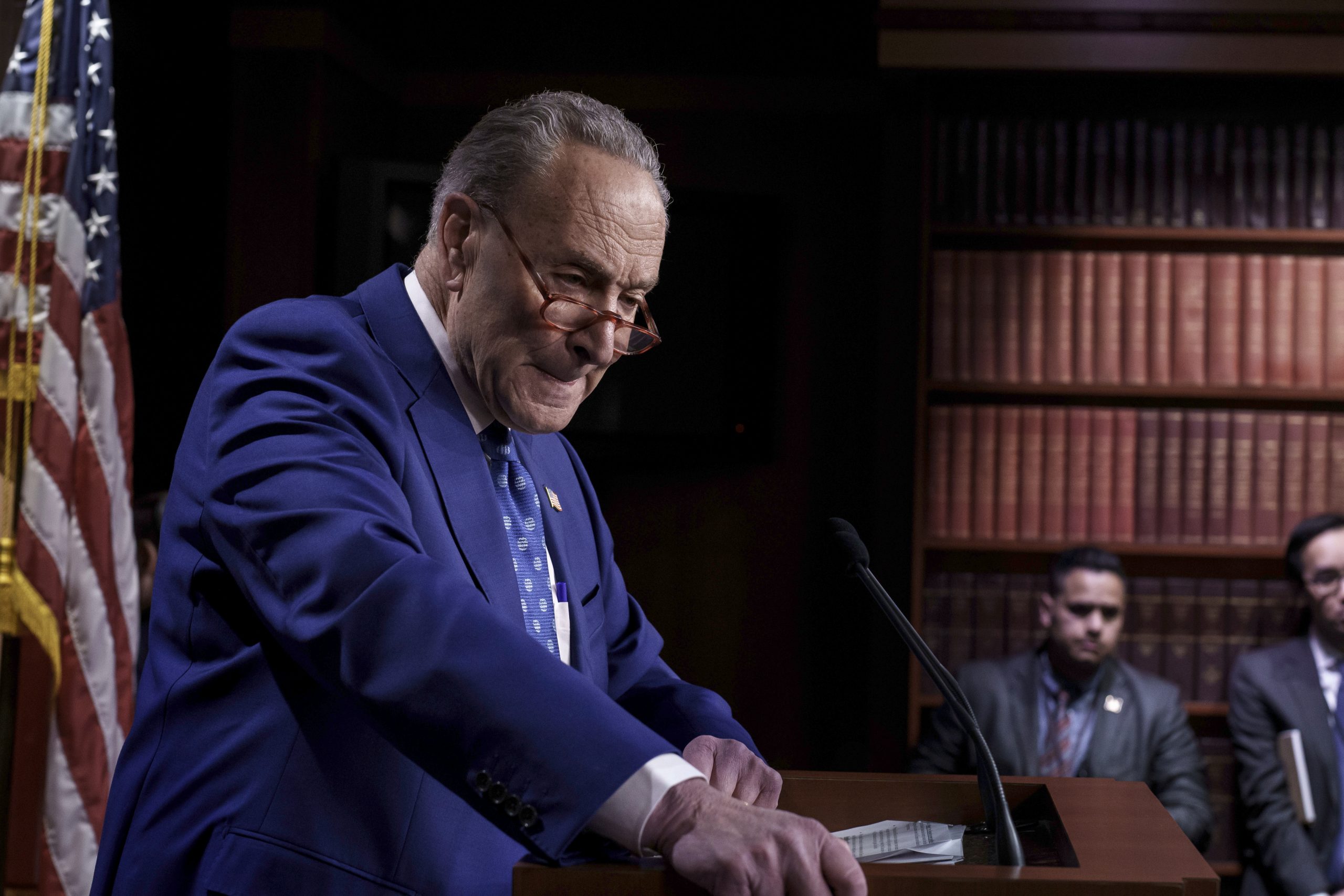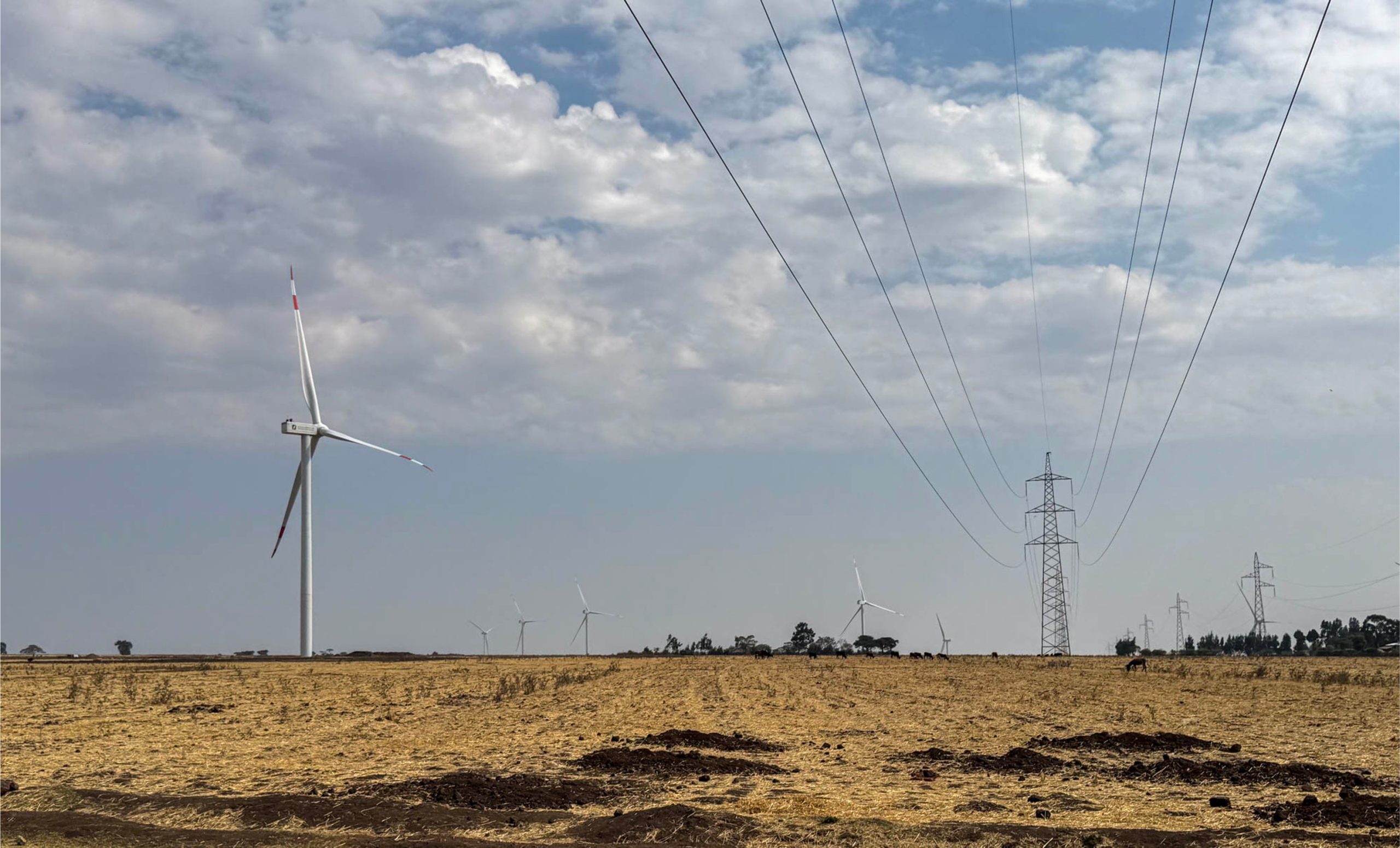Following criticism for moving too slowly in taking down a Chinese spy balloon that floated over the U.S. earlier this month, the Biden administration downed an unidentified cylindrical object over Alaskan airspace, and — after discussion with Canada — shot down a separate object violating Canadian airspace Saturday.
Schumer continued to defend the Biden administration’s timing on shooting down the first balloon as a different situation. That balloon crossed North America before an F-22 downed it off the coast of the Carolinas.
Transportation Secretary Pete Buttigieg said last week that the first balloon “was above where flight operations happen, and so any debris would have passed through national airspace.”
“We got enormous intelligence information from surveilling the balloon as it went over the United States,” Schumer said Sunday, adding that the U.S. will “probably be able to piece together” the entire balloon to learn more.
Asked by host George Stephanopoulos whether China gained intelligence regardless, Schumer said: “They could have been getting it anyway, but we have to know what they’re doing.”
Rep. Mike Turner, chair of the House Intelligence Committee, called for an aggressive stance on taking down airborne objects on Sunday.
“I would prefer them to be trigger-happy than to be permissive,” Turner (R-Ohio) said of the Biden administration, speaking on CNN’s “State of the Union.” “But we’re going to have to see whether or not this is just the administration trying to change headlines.”
Rep. Jim Himes (D-Conn.), the top Democrat on the Intelligence Committee, said Sunday on NBC’s “Meet the Press” he has “real concerns about why the administration is not more forthcoming.”
“My guess is there’s not a lot of information out there yet to share,” Himes said.
While such objects “at times” have gone through U.S. airspace, the current scale is unprecedented, Turner said.
“It’s certainly a new, recent development that you have China being so aggressive in entering other countries’ air space and doing so for clear intentions to spy, with very sophisticated equipment,” he said.
U.S. radar sensors have primarily been concerned with threats that don’t look like balloons, but may find more now that they’re looking out for them, Himes said.
Turner said the incidents speak to a larger issue of airspace defense for the U.S., including “inadequate” radar and a lack of an integrated missile defense system.
“This is a turning point where we need to discuss — this is a threat, and how do we respond to it?” he said.




